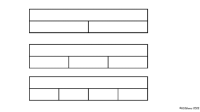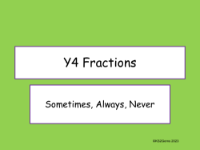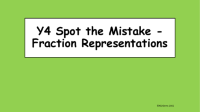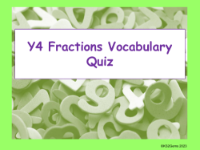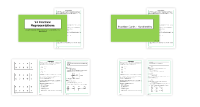Vocabulary - Fractions and decimals
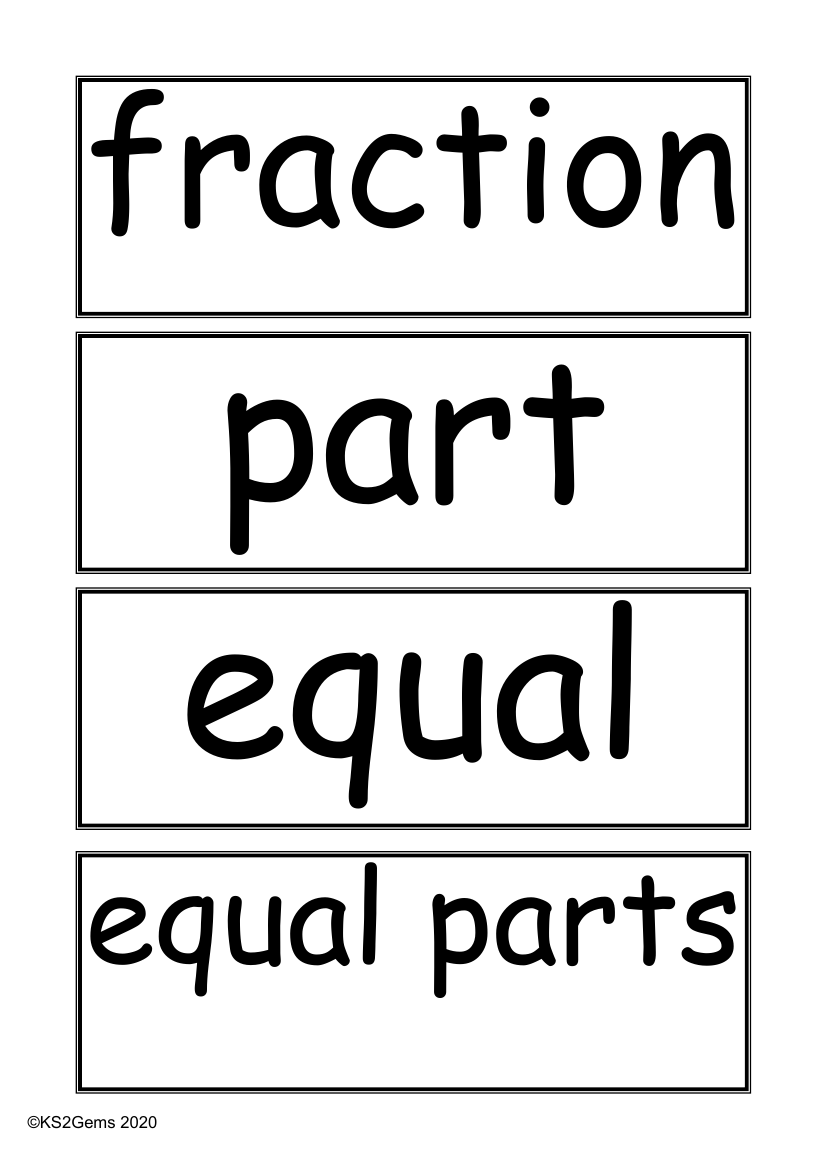
Maths Resource Description
The vocabulary surrounding fractions and decimals is a fundamental part of mathematics education, particularly at the KS2 level. A 'fraction' represents a 'part' of a whole, which is divided into 'equal parts'. Understanding fractions involves recognising how many parts of a whole you have, such as 'one whole', 'one half', 'two halves', or 'one quarter'. These terms indicate the division of something into a specific number of equal segments, where 'one half' means one out of two equal parts, while 'one quarter' refers to one out of four equal parts.
Moving beyond these basic fractions, students learn about 'three quarters', 'one third', 'two thirds', and 'three thirds', which further divide the whole into thirds. Fractions can also denote smaller parts, such as 'one tenth', 'one eighth', 'one sixth', 'one fifth', and 'one twentieth', each representing a division of the whole into ten, eight, six, five, and twenty equal parts, respectively. The concept of 'proportion' is also introduced, which relates to the comparative relation of parts to a whole. In the realm of decimals, students learn about the 'decimal point' and 'decimal places', which help in expressing fractions as 'decimal fractions'. Understanding the 'denominator' and 'numerator' of a fraction is crucial, as is the concept of 'equivalent' fractions and decimals. Students are also taught about 'unit fraction' and 'non-unit fraction', as well as how to find a 'decimal equivalent'. Finally, the term 'hundredth' and the understanding of 'one decimal place' and 'two decimal places' are essential for mastering decimals.
